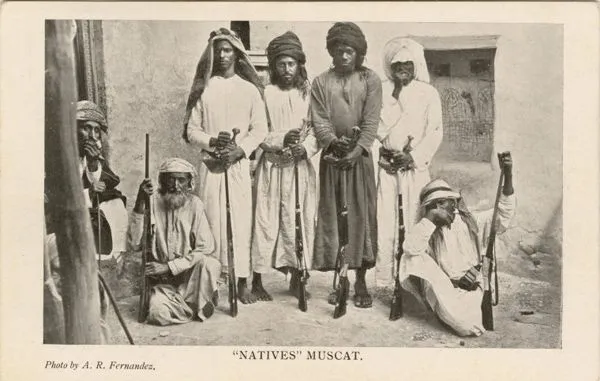
A Comprehensive History of Oman: From Ancient Civilizations to the Modern Era
Introduction
Oman’s rich history stretches across millennia, making it one of the most culturally and politically significant nations in the Arabian Peninsula. From ancient maritime trade to becoming a modern Gulf state, Oman’s past is a fascinating journey of civilizations, empires, sultanates, and modernization.
1. Prehistoric and Ancient Civilizations
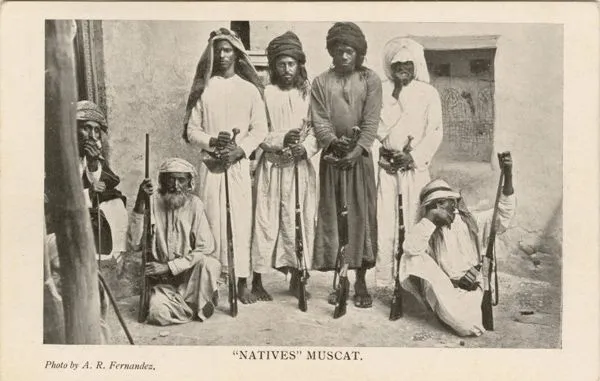
Archaeological evidence suggests human settlement in Oman dating back over 100,000 years. The discovery of stone tools and fossils in the Dhofar region indicates the presence of early human populations during the Paleolithic age. During the Neolithic period (6000–3000 BCE), people developed agriculture, domesticated animals, and established permanent settlements.
Key Ancient Sites:
- Bat, Al-Khutm, and Al-Ayn: UNESCO World Heritage Sites known for Bronze Age burial towers.
- Umm an-Nar Culture (2600–2000 BCE): Influential in developing copper trade networks.
2. The Maritime Power of the Magan Civilization
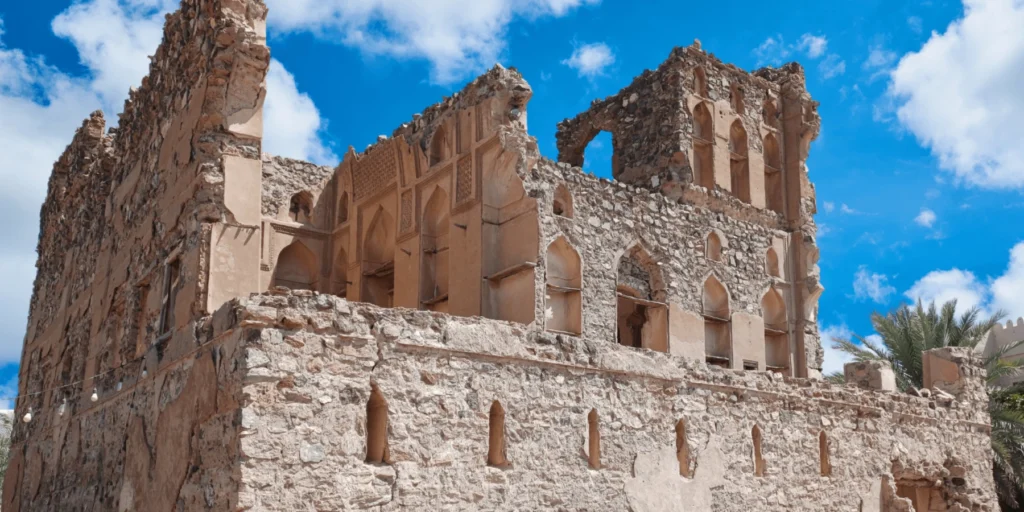
Oman’s coastal location linked it with ancient Mesopotamia, Indus Valley, and Egypt. Known as “Magan” in Sumerian texts, Oman was a major supplier of copper and diorite.
International Trade:
- Copper exports to Mesopotamia.
- Sea routes connecting Oman with Harappan cities.
3. The Islamic Era and the Rise of the Imamate
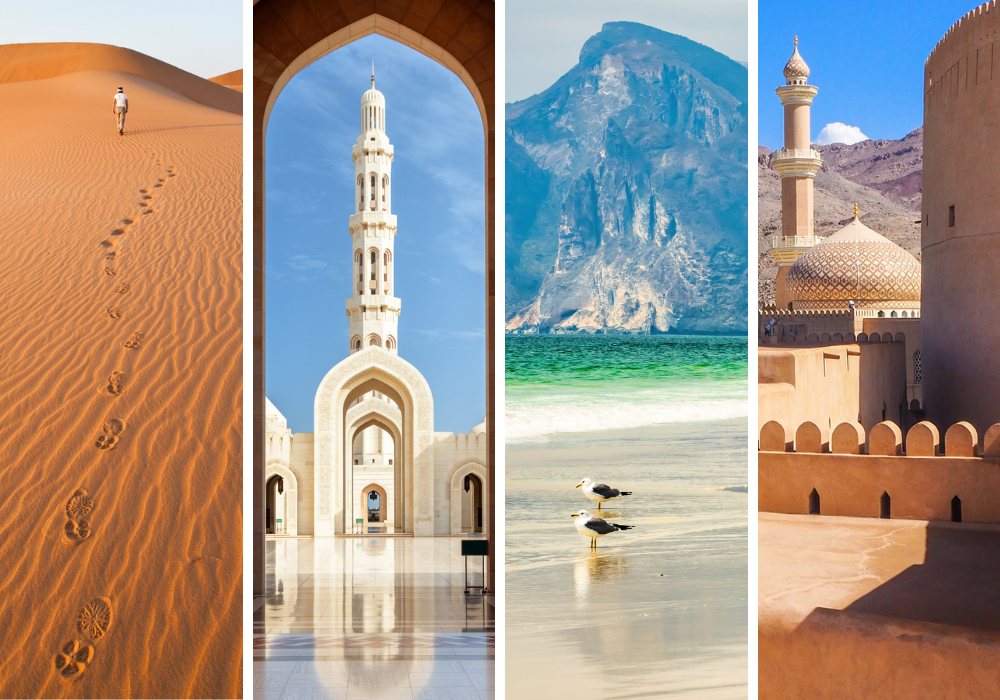
Islam arrived in Oman in the 7th century CE, making Oman one of the first regions outside the Arabian heartland to embrace Islam.
Ibadi Sect:
- Oman became the center of Ibadi Islam, distinct from Sunni and Shia branches.
- The Imamate system governed Oman, promoting autonomy and religious conservatism.
4. Portuguese and European Influence (1507–1650)
Portuguese forces occupied Oman’s coastal cities, including Muscat, to control the vital Indian Ocean trade.
- Native tribes resisted the occupation.
- The Yaruba dynasty expelled the Portuguese in 1650, restoring Omani control.
5. The Omani Empire (17th–19th Centuries)
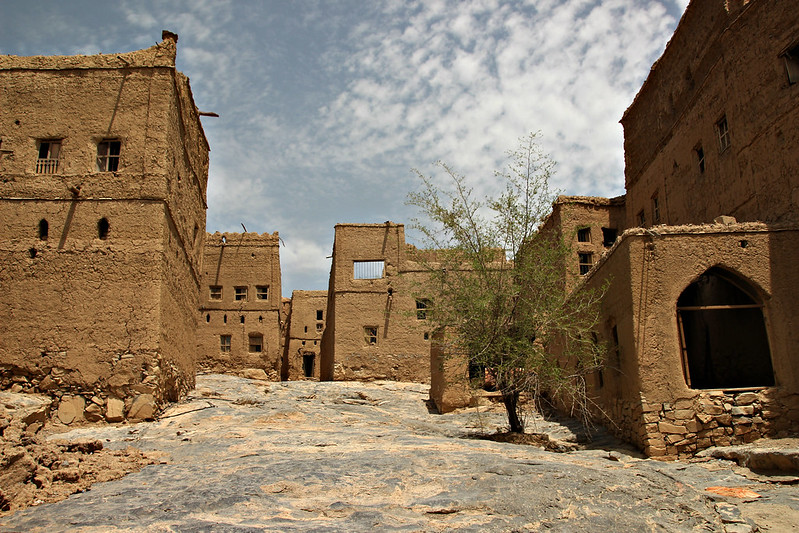
Under the Yaruba and later Al Bu Said dynasties, Oman became a dominant maritime empire.
Key Achievements:
- Expansion to East Africa, including Zanzibar.
- Trade in spices, slaves, and ivory.
Cultural Impact:
- Omani influence evident in Swahili culture.
6. British Influence and the Decline of the Empire
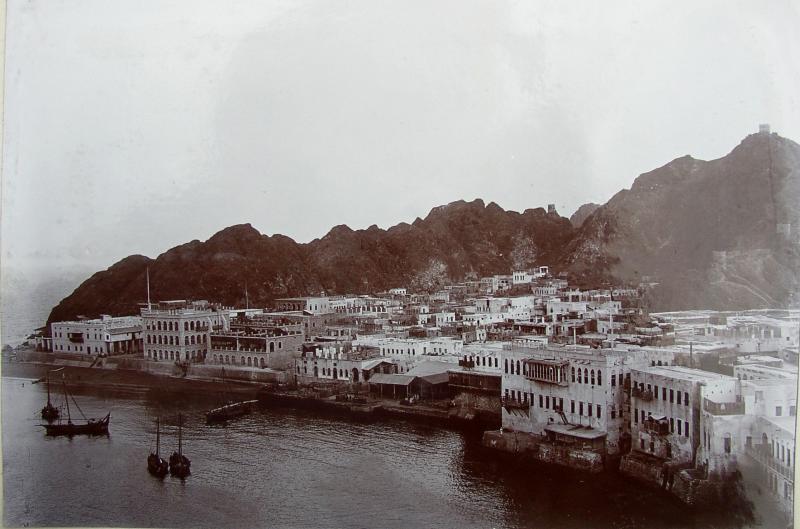
In the 19th century, British treaties limited Omani naval power in exchange for protection.
Key Events:
- The 1839 Treaty of Friendship.
- Division of the empire after Sultan Said bin Sultan’s death — Zanzibar and Muscat ruled separately.
7. The Modern Imamate Rebellions (20th Century)
The Jebel Akhdar War (1954–1959):
- The Imamate of Oman attempted to secede.
- British forces aided Sultan Said bin Taimur to suppress the rebellion.
8. Sultan Qaboos bin Said and Modernization (1970–2020)
In 1970, Sultan Qaboos overthrew his father and initiated widespread reforms.
Modern Reforms:
- Infrastructure development.
- Universal education.
- Healthcare improvements.
- Diplomacy and neutral foreign policy.
Omanization Policy:
- Aimed at increasing local employment.
9. Oman in the 21st Century
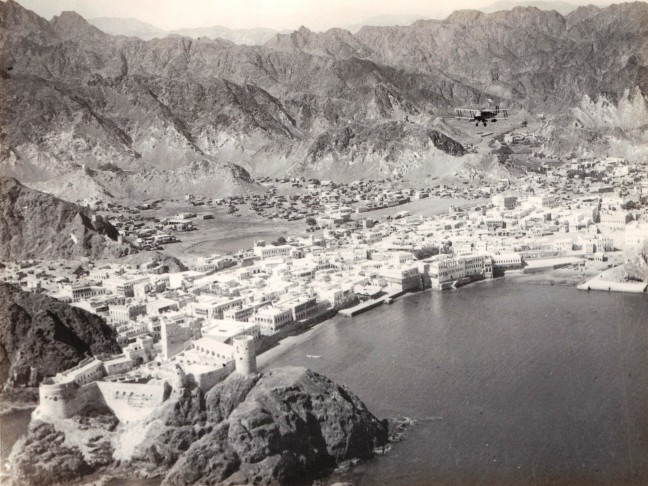
Post-Qaboos Era:
- Sultan Haitham bin Tariq assumed power in 2020.
- Vision 2040 plan: Diversification into tourism, technology, and renewable energy.
Current Challenges:
- Economic dependency on oil.
- Regional tensions in the Gulf.
10. Cultural Heritage and Legacy
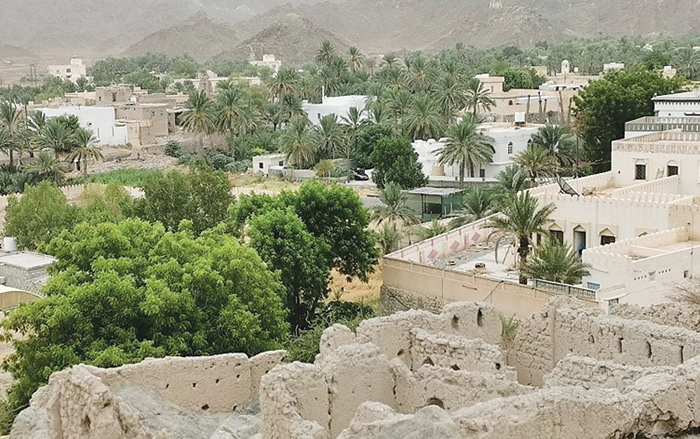
Oman’s historic forts, traditional crafts, and music reflect its diverse heritage.
UNESCO Sites:
- Bahla Fort
- Aflaj Irrigation Systems
- The Land of Frankincense
Festivals:
- Muscat Festival
- Salalah Khareef Festival
Conclusion
Oman’s history is a testament to its resilience, adaptability, and cultural richness. From ancient civilizations and maritime empires to a peaceful modern state, Oman remains a crucial player in Gulf geopolitics and culture.

One response
yztnzghfskemghxvvqhidhntrtpdik